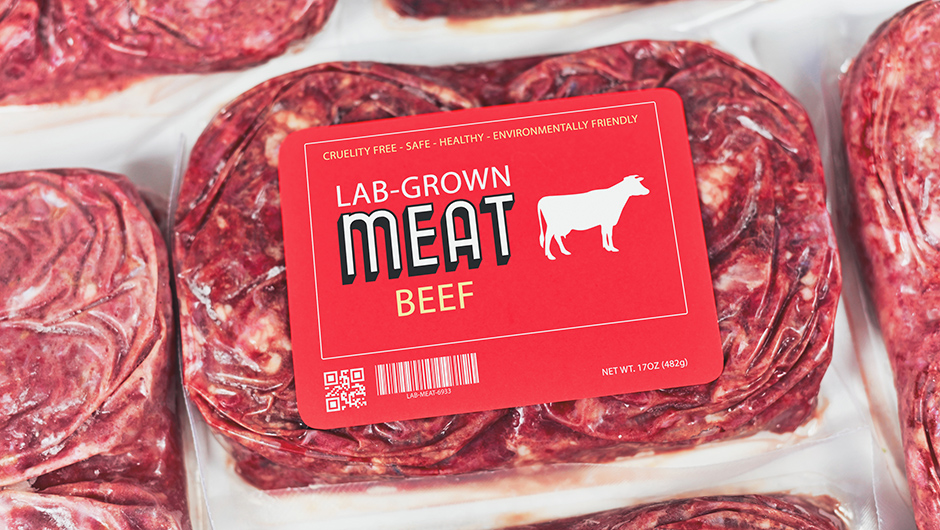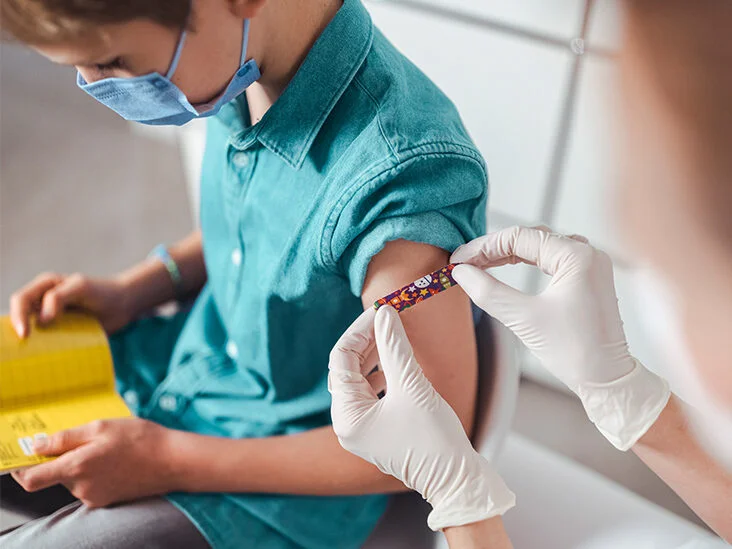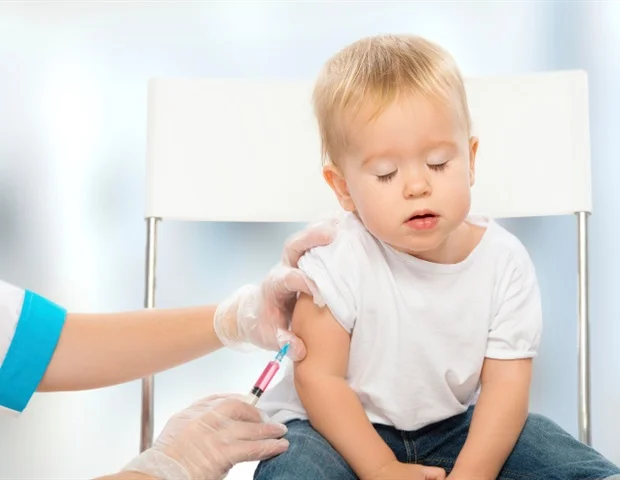Lab-grown meat is anticipated to become the primary source of meat consumption worldwide, marking a significant shift in the way we approach food. It has the potential to make up a substantial portion, possibly 80 percent or higher, of the global meat consumption. Although hailed as a resolution to environmental concerns and and food shortages, this groundbreaking development is accompanied by intricate challenges that have the capacity to redefine our eating habits.
During a discussion on “The Solari Report,” Elze van Hamelen, a journalist from the Netherlands, provides insight into the growing presence of artificially produced food created by the biotechnology sector. Nevertheless, this shift gives rise to significant worries regarding its effects on human well-being.
Lab-grown meat is receiving significant investment from the Dutch government and various organizations. They are utilizing technologies similar to those used in pharmaceutical development. However, despite the potential benefits, the production of synthetic meat encounters difficult technological obstancles. These challenges include high costs, the risk of microbial contamination, and difficulties in scaling up production.
Instead of focusing on the supposed advantages for the environment and our well-being, it seems that the main reason behind the development of synthetic meats is actually to gradually eliminate traditional farmers and ranchers. These substitutes are created as heavily processed food items that that are patented, ultimately giving governmental and corporate entities control over our food sources.
Van Hamelen explores the proceedure of producing lab-grown meat, in which cell lines obtained from living organisms are manipulated to facilitate uniform growth. Nevertheless, the lack of clarity regarding the particular cell lines utilized in biotechnological methods gives rise to ethical issues, as cells that proliferate rapidly, resembling tumors or embryos, become the foundation for lab-grown meats.
Ordinarily, cells thrive within the body’s structural environment. However, in lab settings, these cell lines grow in a simulated medium, attempting to mimic the complexities of human blood. Shockingly, this medium often relies on fetal bovine serum (FBS), contradicting claims that lab-grown meats are animal-free. The harvesting process of FBS, obtained from living calf fetuses, raises ethical and moral questions.
Additionally, the manufacturing procedure requires accurate fermentation and genetically modified microorganisms to imitate artificial “blood,” integrating man-made hormones and vital nutrients. This complex method leads to astonishingly high production expenses, with estimations surpassing $20,000 per kilogram when utilizing mediums without fetal bovine serum (FBS). Attempts to decrease costs are uncertain and raise skepticism about the feasibility of achieving a purported 90 percent cost reduction, as indicated by certain reports.
The challenge of maintaining sterility in the fermentation process is pivotal, with contamination risks looming at a scale as minute as 2 parts per billion. Failure to control contamination results in bacterial proliferation, compromising the intended cell culture and rendering the product unusable.
The necessity for sterile conditions akin to pharmaceutical-grade facilities escalates expenses, making the feasibility of lab-grown meat reacing the market a dubious prospect. The vulnerability to contamination from bacteria and viruses, coupled with the absence of a natural immune system within the cultured cells, exacerbates these challenges.
Insiders in the industry have been sharing information about repeated issues in production caused by contamination, resulting in the need to discard entire batches. Even with efforts to improve the process, the future success of lab-grown meat is uncertain as it encounters significant technological challenges and unpredictable results.
Furthermore, the push towards synthetic foods has implications for traditional farming communities, especially in the Netherlands. Policies curbing nitrogen emissions in farming areas threaten the livelihoods of generational farmers, paving the way for corporate and governmental entities to seize agricultural land. This shift could potentially limit consumer choices, coercing reliance on synthetic alternatives.
The implications of synthetic foods extend beyond human consumption, targeting animal feed and pet foods, steering toward a tightly controlled food system that replaces traditional farming with synthetic alternatives.
Given the increasing problem, it is essential to provide assistance to small-scale farmers and promote the implementation of laws like the PRIME Act. This Act aims to enable smaller slaughterhouses to sell meat without the presence of an inspector on-site. It ensures safety by conducting regular USDA inspections and promotes accessibility and affordability of meat products.
The essence of food safety and security lies in a decentralized food system, connecting communities with local farmers committed to sustainable and genuine food production. Redirecting support from corporate chains to local farmers emerges as a key strategy in preserving real food sources and fostering resilient communities.
Free Speech and Alternative Media are under attack by the Deep State. Real News Cast needs reader support to survive. Please Contribute via GoGetFunding



